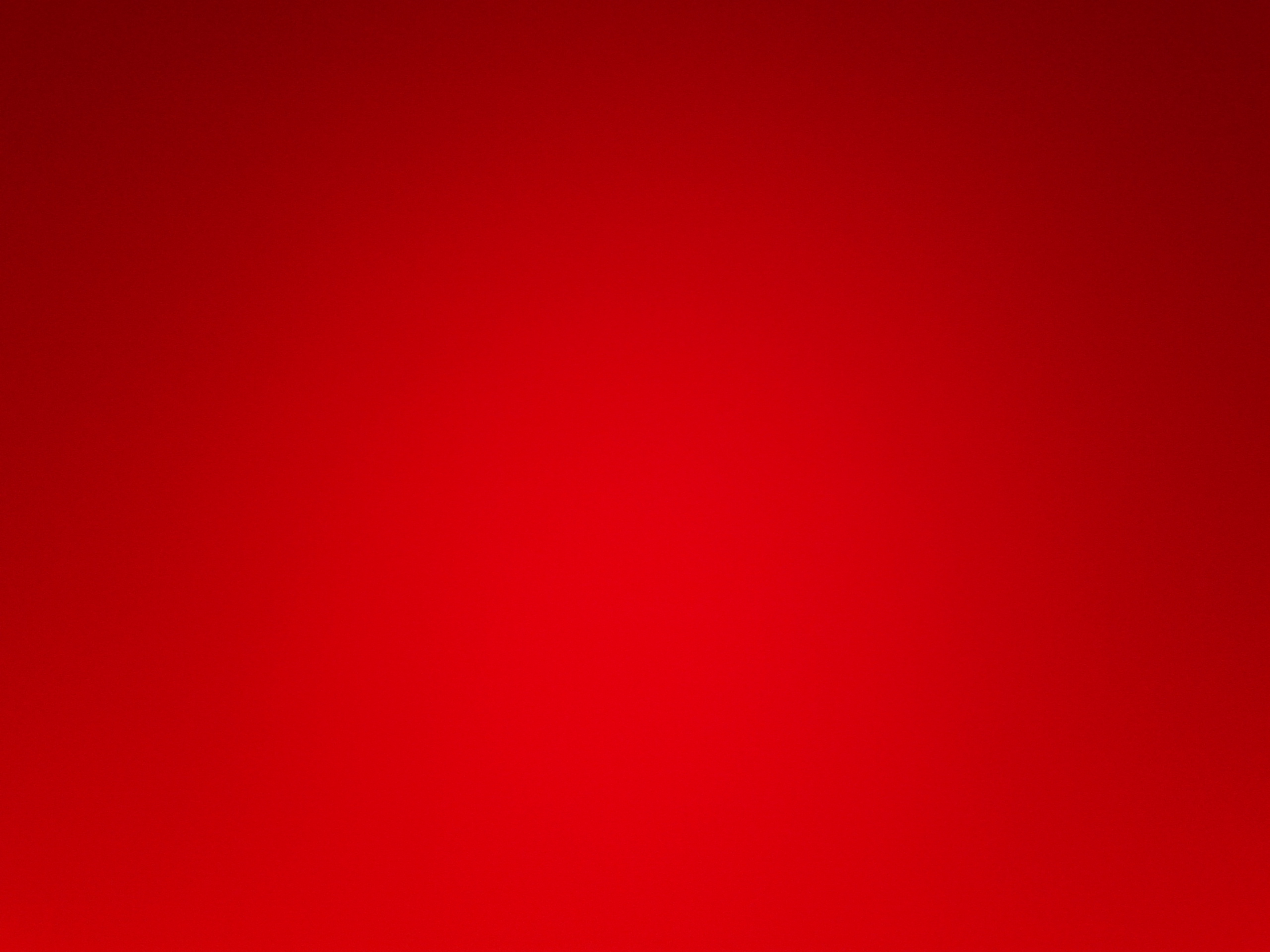Have you ever found yourself looking at a flag, maybe in a picture or on a building, and just wondering about its colors? It's really quite interesting, you know, how a simple arrangement of hues can tell such a big story. When we think about the combination of red, yellow, and green, it's almost like a burst of energy and history all at once. These colors, in various forms, show up on national symbols across the globe, and each time, they carry a special weight, a deep meaning that connects to a nation's soul or a movement's spirit. So, it's pretty clear why these particular color groupings can spark so much curiosity.
The flags that feature red, yellow, and green are, in a way, like visual poems. They speak of struggles, triumphs, and the very essence of a people. From the broad plains of Africa to the sunny shores of the Caribbean, these shades have been chosen for powerful reasons. They can represent the earth, the sun, courage, growth, or even the bonds of a shared heritage. It's fascinating, actually, how different cultures can find such similar expressions for their most important ideas using the very same palette.
In this piece, we're going to take a closer look at what makes the red, yellow, and green flag combination so compelling. We'll explore some of the most famous examples, like the Ethiopian flag, which is, in some respects, a true pioneer for these colors. We'll also clear up some common thoughts about the Jamaican flag, which, you know, has its own unique set of colors, even though it's often confused with the red, yellow, and green scheme. We'll talk about the deep meanings these colors carry, the cultural connections, and how they show up in everyday life, from fashion to food. So, let's just get into it and see what these vibrant banners have to tell us.
Table of Contents
- The Vibrant Symbolism of Red, Yellow, and Green Flags
- Ethiopia: The Pioneer of Pan-African Colors
- Jamaica's Distinctive Colors: Gold, Green, and Black
- Beyond Borders: Other Nations Embracing These Hues
- Common Questions About Flags with Red, Yellow, and Green
The Vibrant Symbolism of Red, Yellow, and Green Flags
When you see a flag with red, yellow, and green, it often sparks a feeling of warmth, of natural beauty, and sometimes, a sense of deep historical roots. These colors are not just chosen at random; they are, in fact, picked for very specific and powerful reasons. The combination has become, in some respects, a symbol of unity and self-determination for many peoples around the world, particularly in Africa and its diaspora. It's really quite remarkable how a set of colors can carry such a heavy and meaningful message.
For many nations, the color red can often stand for the blood that was shed in the fight for freedom, a very powerful reminder of sacrifice. Yellow, or gold, might represent the sun's brilliance, the wealth of the land, or a bright future filled with prosperity. And green, so typically, speaks of the fertile earth, the lush landscapes, or the hope for growth and new beginnings. These interpretations are pretty common, but each country, of course, gives its own special twist to what these colors truly signify for them. It’s like a universal language, yet with unique dialects.
A Spectrum of Meaning: What These Hues Can Tell Us
The way these colors are arranged, the specific shades, and the symbols placed upon them can all add layers to their meaning. A flag is, in a way, a nation's story told in fabric. It’s a visual representation of their past, their present, and their hopes for what's to come. So, when you see a red, yellow, and green flag, you are actually looking at a condensed version of a nation's journey, its values, and its very spirit. It's more than just pretty colors; it's a profound statement.
For example, in some flags, the red might be a very deep, rich shade, really emphasizing the idea of sacrifice or courage. The yellow could be a bright, sunny gold, speaking of optimism and natural resources. And the green might be a vibrant, earthy tone, symbolizing agriculture and the land itself. Each choice is deliberate, and it helps to paint a complete picture for anyone who looks upon it. It's a bit like how a painting uses different brushstrokes to convey feeling, you know.
Ethiopia: The Pioneer of Pan-African Colors
When people talk about red, yellow, and green flags, one country often comes to mind first: Ethiopia. This nation holds a truly special place in the history of these colors, especially because of its unique position in Africa. Ethiopia was, you see, one of the very few African nations that managed to resist colonial rule, maintaining its independence throughout a period when much of the continent was being carved up by European powers. This history of unwavering freedom gave its flag a very particular significance.
The colors of the Ethiopian flag—green, yellow, and red—became, in some respects, a powerful symbol for other African nations seeking their own liberation. They represented independence, resilience, and a proud African heritage. So, it’s not surprising that many countries, as they gained their freedom, chose to incorporate these very same colors into their own national banners. It was a way of showing solidarity, of acknowledging a shared struggle, and of celebrating a collective identity. This historical link is really quite strong, actually.
The Ethiopian Flag: A Beacon of Independence
The Ethiopian flag, as we know it today, has evolved over time, but its core colors have remained consistent: green at the top, yellow in the middle, and red at the bottom. The green is often said to represent the land and its fertility, the yellow symbolizes peace and hope, and the red stands for strength and the blood shed in defense of the nation. In the center, there's a blue disk with a yellow pentagram, which represents the unity of the people and the nation's future prosperity. This emblem was added later, but the colors themselves have a very long and storied past.
This flag became, you know, a sort of template, a source of inspiration for what are now called the Pan-African colors. Many nations across the continent, when they achieved their independence, looked to Ethiopia's example. They adopted these same shades to signify their own newfound freedom and their connection to a broader African identity. It’s a powerful testament to Ethiopia’s historical role as a beacon of independence, really.
Rastafarianism and Its Global Connection
Interestingly enough, the red, green, and gold (yellow) colors of the Ethiopian flag are now popularly identified with Rastafarians. This is a spiritual movement that originated in Jamaica in the 1930s. Rastafarians view Ethiopia, and particularly Emperor Haile Selassie I, as a central part of their faith. As a result, they adopted the colors of the Ethiopian flag as their own sacred symbols. These colors, for Rastafarians, carry deep spiritual meaning, representing the blood of martyrs (red), the fertile land of Africa and prosperity (green), and the wealth of the continent, along with the sun and God's glory (gold/yellow). It’s a very strong connection, actually, that goes beyond simple national pride.
This connection means that when many foreigners see the red, green, and yellow combination, they often think of Rastafarianism, and by extension, they sometimes mistakenly associate these colors directly with Jamaica. It’s a bit of an ironic situation, you know, because while Rastafarianism has strong roots in Jamaica, the actual national flag of Jamaica has a different set of colors. This popular association is quite widespread, though, and shows just how influential cultural movements can be in spreading visual symbols around the world.
Jamaica's Distinctive Colors: Gold, Green, and Black
Despite the common association of red, yellow, and green with Rastafarianism and, by extension, sometimes mistakenly with Jamaica, the Jamaican national flag actually has a unique and very striking color scheme: gold, green, and black. This is a very important distinction, and the colors on Jamaica's flag carry their own specific and powerful meanings, deeply rooted in the island's history and its people's spirit. It's pretty interesting how different these flags are, even with the cultural crossover.
Jamaica's flag is, in a way, a bold statement of its identity. The design itself is quite distinctive, featuring a diagonal gold cross that divides the flag into four triangles. The left and right triangles are black, and the top and bottom triangles are green. This particular layout makes the Jamaican flag quite special, you know, with its very distinctive design. It’s a truly recognizable national symbol, and it stands out for its unique combination of colors and its geometric pattern.
Unpacking Jamaica's National Banner
Each color on the Jamaican flag was chosen with great care to represent key aspects of the nation. The gold diagonal cross, for instance, symbolizes the natural wealth and the sunshine of the island, pointing towards a bright future. The two green triangles represent the hope and the rich agricultural resources of Jamaica, its lush land. And the two black triangles stand for the strength and creativity of the Jamaican people. My text indicates that black is for the people themselves, a powerful acknowledgment of their resilience and spirit. This particular combination is quite meaningful, as a matter of fact, capturing the essence of the island.
The flag's design, with its diagonal gold cross, is also very symbolic. It’s a reminder of the country's motto: "Out of Many, One People." The cross brings together the different elements of the flag, just as the people of Jamaica, with their diverse backgrounds, come together as one nation. It's a very clever and thoughtful design, really, that speaks volumes about unity and identity. You can almost feel the pride in it.
The Cultural Crossroads: Jamaica and the Red, Yellow, Green Misconception
It's true that many foreigners, perhaps because of the global influence of Rastafarianism, often associate the red, green, and yellow colors with Jamaica. This is an ironic situation, as the actual Jamaican flag has no red in it at all. The strong cultural ties between Jamaica and the Rastafarian movement, which adopted the Ethiopian colors, have led to this widespread, though incorrect, visual link. It’s a classic example of how cultural influence can sometimes blur the lines of national symbols, you know.
This confusion, however, doesn't diminish the pride Jamaicans feel for their actual black, green, and gold flag. In fact, it often serves as a point of discussion, a chance to educate others about the true colors and their deep meanings. It's pretty important, actually, to understand these distinctions, as they reflect the unique historical paths and cultural expressions of different groups. The Jamaican flag, with its specific colors, tells its own distinct story, quite separate from the Pan-African palette, even while sharing cultural ties.
Celebrating Jamaican Identity Today
Jamaican identity, expressed through its black, green, and gold, is celebrated in many ways, both on the island and around the world. We see it in fashion, in music, and in public displays of national pride. For instance, the upcoming Nike Air Max Plus “varsity maize/pine green” features bold yellow, green, and black tones, giving it a look that strongly resembles the Jamaican flag. This kind of global recognition, even in popular culture, shows just how impactful Jamaica's national symbols are, you know.
Another really striking example of this celebration happened when Jamaica’s Minister of Culture, Gender, Entertainment, and Sport, Olivia Grange, announced earlier this year that the black, green, and gold colors of Jamaica would light up Niagara Falls. Imagine that! One of the world's most famous natural wonders illuminated in the vibrant hues of the Jamaican flag. It's a truly spectacular way to honor the nation and its people, a very visible sign of respect and admiration on a global stage. This kind of event really brings the flag to life, doesn't it?
Even in daily life, the colors of Jamaica are present. Consider the food, for instance. While not directly related to the flag's colors, the rich culinary traditions are a huge part of Jamaican identity. Red herring, for example, is a favorite in Jamaica. This dish is done similar to pick-up salt fish; it is called pick-up because the red herring used in the dish is torn into small pieces after the bones are removed. And then there's the hearty goodness of red peas (red kidney beans), stew beef or pig's tail, coconut milk, hot pepper, and spices that combine for a truly popular dish all over Jamaica. These elements, while not literally black, green, and gold, are, in a way, part of the fabric of what makes Jamaica unique and vibrant, just like its flag. It’s pretty clear that culture runs deep, you know.
There are also moments of pure, unadulterated national joy, like seeing a big, big screen TV planted in the middle of Halfway Tree, showing something important, and nobody screaming despite the traffic jam. That feeling, as described in Jamaican patois, "Yessideh mi pinch miself mi swear it was a dream! mi walk dung ah halfway tree and see traffic jam and nobaddy neva deh scream, One big, big screen tv did plant inna di miggle ah di," captures a very specific kind of national spirit. It's about community, about shared experiences, and about the quiet strength of a people, all of which the flag's colors ultimately represent. You can learn more about Jamaican national symbols on our site, and perhaps link to this page to discover more about Jamaican culture and traditions.
Beyond Borders: Other Nations Embracing These Hues
While Ethiopia might be the historical source for the Pan-African colors, and Jamaica has its own distinct flag, it's worth noting that many other countries around the world also feature red, yellow, and green in their national flags. These nations, often with their own unique histories of struggle and triumph, have adopted these vibrant colors for reasons that resonate with their own experiences. It's a pretty powerful testament to the universal appeal and meaning of these particular shades, you know.
For instance, countries like Bolivia, Cameroon, Ghana, Mali, and Senegal, among others, all proudly display red, yellow, and green in their national symbols. Each nation interprets the meaning of these colors in a way that is specific to its own history, its geography, and its people's aspirations. However, there's often a shared thread of meaning, relating to the land, the people, and the struggle for independence or sovereignty. It’s fascinating, actually, to see how these common colors can tell so many different stories, yet still feel connected. It really highlights how much flags can mean to people. You can find out more about the flags of the world at a site like Britannica's flags of the world section, for instance.
The continued presence of red, yellow, and green on so many national banners speaks volumes about their enduring power as symbols. They are more than just colors; they are, in a way, visual shorthand for complex histories, shared values, and collective hopes. Whether it's the rich green of a fertile landscape, the golden glow of a bright future, or the deep red of courage and sacrifice, these colors resonate deeply with people across diverse cultures. It's a very strong visual language, really, that transcends borders.
Common Questions About Flags with Red, Yellow, and Green
People often have a lot of questions about flags, especially those with such striking color combinations. It's pretty natural to be curious about what these symbols mean and which countries use them. So, let's just address a few common thoughts that might come up when you see a red, yellow, and green flag.



Detail Author:
- Name : Mr. Elias Brakus IV
- Username : nelson11
- Email : tianna.zieme@robel.com
- Birthdate : 1993-07-20
- Address : 723 Windler Bypass Dennisburgh, NM 56655
- Phone : 283.581.4094
- Company : Padberg-Hackett
- Job : Refractory Materials Repairer
- Bio : Ducimus libero ut rerum ipsa nam incidunt. Dolore est dolores animi molestiae omnis aut enim. Debitis rerum labore quasi quia eius consequatur repellat.
Socials
instagram:
- url : https://instagram.com/bennie_id
- username : bennie_id
- bio : Mollitia ut excepturi assumenda ut veritatis enim. Veniam labore rerum qui quas.
- followers : 3175
- following : 2149
twitter:
- url : https://twitter.com/ebertb
- username : ebertb
- bio : Nihil ex molestiae non enim quo. Saepe quo unde inventore ut quam. Reiciendis natus voluptates dolores. Eveniet et quis in quas ex et. A ut in labore quia.
- followers : 3334
- following : 1641
linkedin:
- url : https://linkedin.com/in/ebert2009
- username : ebert2009
- bio : Quidem eius quisquam autem quae.
- followers : 1753
- following : 1959
tiktok:
- url : https://tiktok.com/@bennie_dev
- username : bennie_dev
- bio : Laudantium ad voluptatem est dolores et error vel.
- followers : 473
- following : 37



























